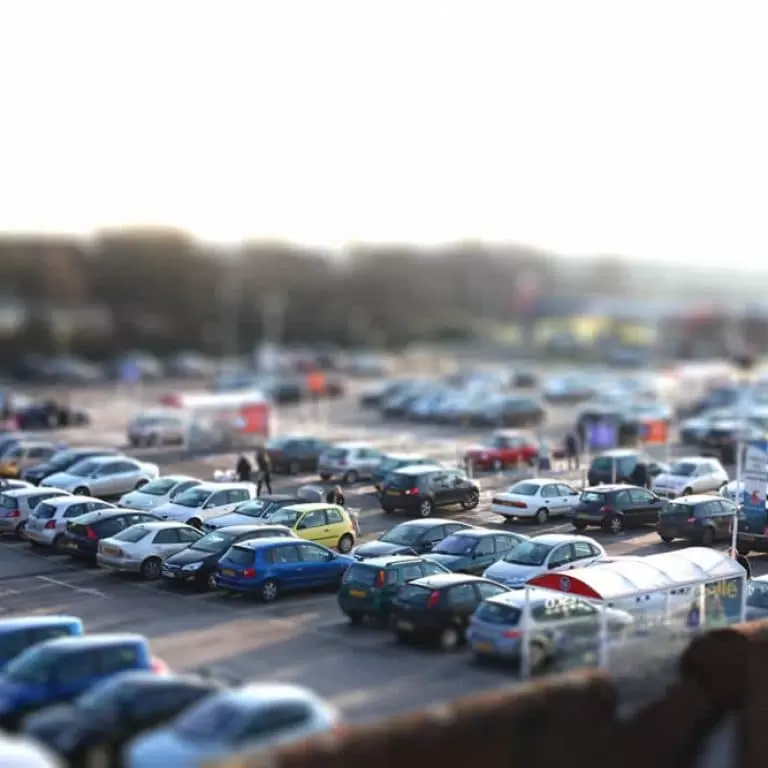
News Time-Lapse Trends: tilt-shift
“Time-Lapse Trends” is a video blog series which draws attention to some of the many exciting trends in time-lapse production. We feature a new trend in each instalment, to demonstrate the scope of the medium and the various ways in which it is applied, ranging from the popular to the more obscure.
In this instalment of “Time-Lapse Trends” we look at the elegant tilt-shift technique and how it is now being incorporated with time-lapse video.
As with our first piece focused on 3D printing, we consider tilt-shift as another process that can be enhanced and furthered using time-lapse.
This special technique requires two movements of the camera lens:
- The ‘tilt’ refers to its rotation of the lens plane relative to the image plane
- The ‘shift’ is the movement of the lens parallel to the image plane.
The tilt movement is used to control the orientation of focus, thus the sharpness of the image, while the shift is used to adjust the position of the subject in the image without physically moving the camera.
Also referred to as ‘miniature faking’, the effect of the tilt-shift technique creates a more shallow depth of field in the image so as to simulate the look of a scene incredibly small in scale.
Digital post-processing has also made this technique easier to achieve, and often allowing for greater flexibility and control than working with an actual tilt lens.
Little big cities
When tilt-shift is used with time-lapse video, the results can be quite remarkable.
Urban areas are a popular subject for time-lapse capture anyway but when tilt-shift is applied to long shots of cityscapes, the miniature effect works really well.
This example by Ben on Vimeo was achieved through the camera itself rather than through post-production.
Depicting London over several months, there is an impressive mix of low and high levels of light to capture different scenes.
The capital city is an ideal location for successful ‘miniature faking’, because of the tall buildings, impressive architecture, and a large helping of the ‘hustle and bustle’ city life.
Bringing out the ‘mini’ in miniature
Use of a high-angle camera position looking down on the subject also helps to bring out the ‘mini’ in miniature.
This time-lapse edit by Jared Gray illustrates this strategic use of high angles to depict Wellington, New Zealand.
The clean and crisp quality of the image compliment the movements of the boats on the water taken from a fair distance away – they almost look like toy boats in size and movement.
In fact, the name of the music track accompanying this video is aptly named ‘Toys’, by Rhian Sheehan.
The miniature look also works well with the camera in close proximity to the subject of the image. As in DuskZeroSamOHare’s video edit ‘Sandpit’, the camera captures activity by cranes, people, and cars from closer to the ground.
Post-production enhancements
While the tilt-shift in this video was created entirely in-camera, the snow globe effect offers a unique perspective through which to view some already stunning visuals.
The use of ‘Bokeh’ shapes also helps to bring the seasonal vibes. Translated into English from Japanese, ‘Bokeh’ means blur, and is used by photographers to refer to the unfocused or blurry parts of an image.
Often in the shape of stars, triangles, hearts and crosses, Bokeh are used like filters over the camera lens to create out-of-focus patterns like those appearing behind the snow globe in the above example.
Drama inflected differently
Although the examples referred to so far have featured cities, tilt-shift time-lapse are not only effective when capturing urban environments.
This 4K tilt-shift edit from ‘LittleBigWorld’ takes an incredibly dramatic scene – The Niagra Falls in Canada – to create an adorable miniature effect.
As one of the most popular tourist attractions in North America, the crowds in the various signature coloured waterproof ponchos contrast nicely with the white hue of the choppy waters.
The drama of the Falls are thus inflected differently in this video – the accelerated pace achieved through time-lapse enhances the lively movements of the boat as it approaches the plunge pool (and with a soundtrack to match!)
This gives the effect of watching a ‘Lego Minifigure’-style movie.
From these videos it is clear to see why tilt-shift is such a popular technique. When used with time-lapse, the pace of the action is increased so as to give the illusion of time passing quickly, and tilt-shift adds a further fascinating perspective on the moving imagery.